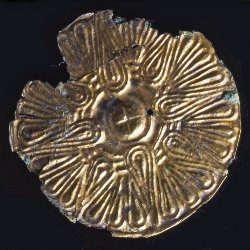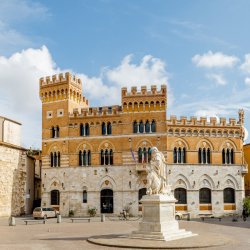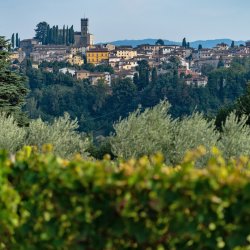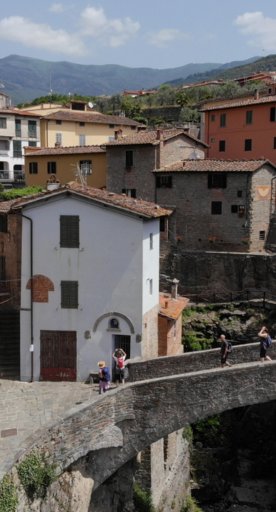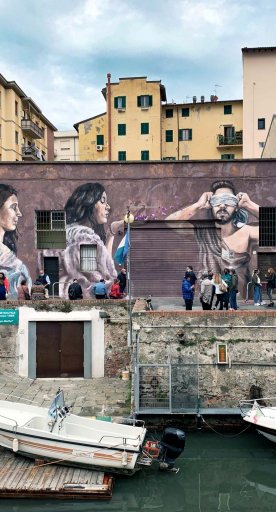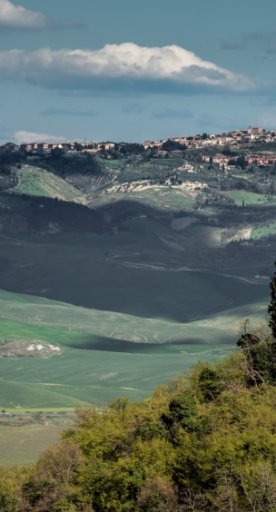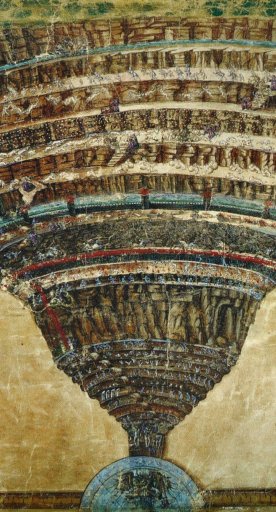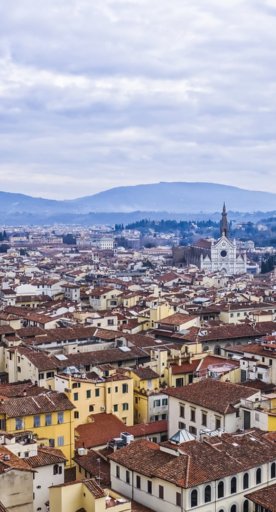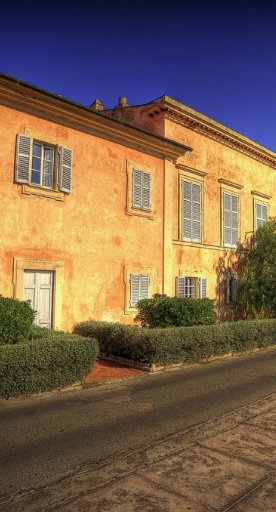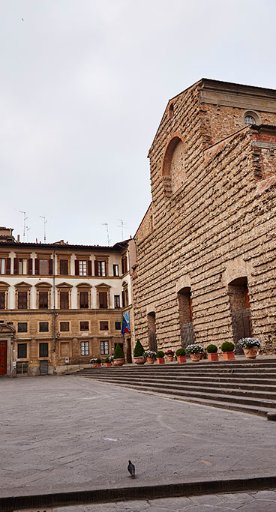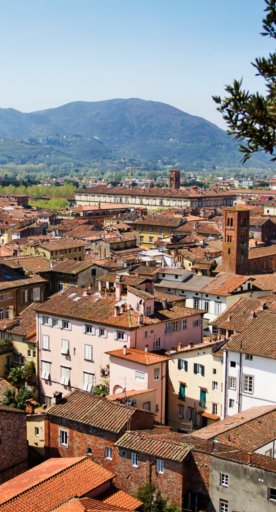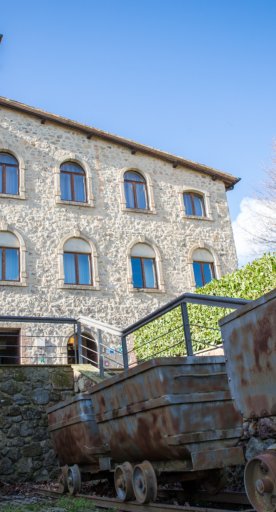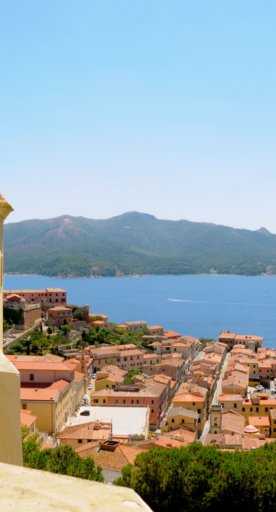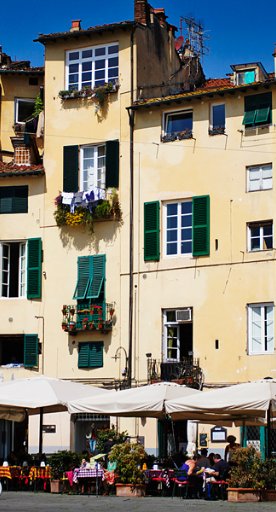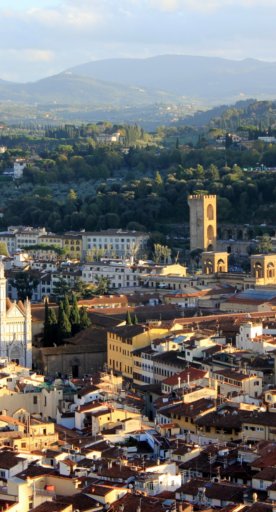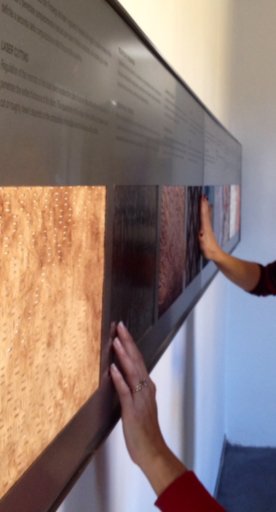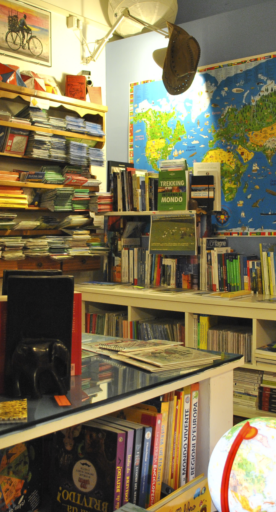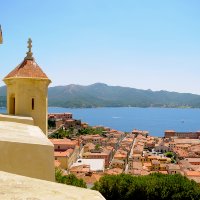
Piero della Francesca: an artistic life
Discover Piero della Francesca masterpieces and the places that inspired them
He was a painter and a mathematician. He developed the rules of perspective and geometric shapes. He painted the Resurrection, often called the most beautiful painting in the world. His name was Piero della Francesca.

The artist was born around 1415 in Sansepolcro, where he started his training as a painter under Antonio d’Anghiari. Early in his career, della Francesca moved between his hometown and the main courts in northern Italy, including the Malatesta in Rimini, the Medici in Florence and the Montefeltro in Urbino. In 1445, he was commissioned by the Misericordia confraternity to paint the Polyptych of the Misericordia (housed in the Civic Museum in Sansepolcro), which he painted off and on until 1462. The central figure, looking straight out at the viewer, is the Virgin Mary, set against a gold background and opening her black cloak to her worshippers.
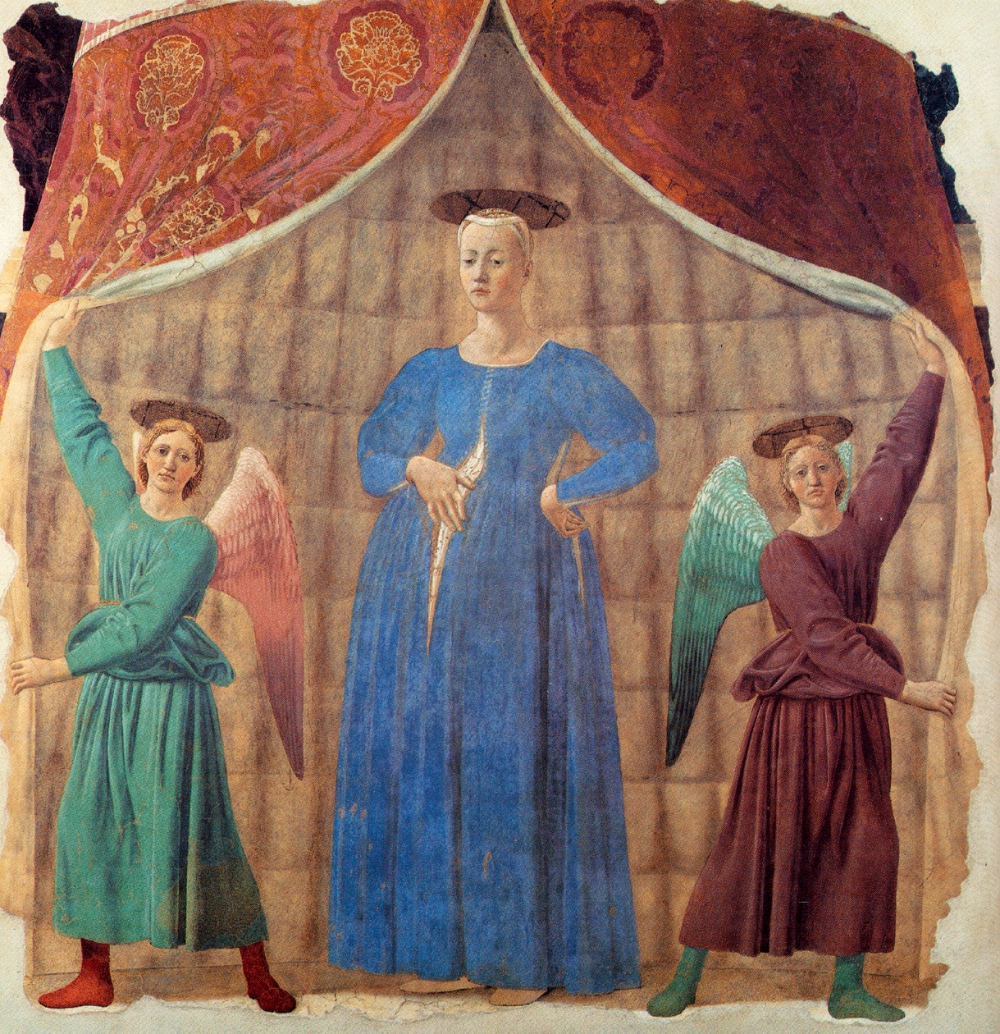
Between 1452 and 1465, Piero della Francesca painted The Legend of the True Cross, found in the Basilica of San Francesco in Arezzo; this work is considered one of the major fresco cycles from 15th-century Italy.
In the early 1460s, della Francesca painted the Madonna del Parto, (housed in the dedicated Madonna del Parto Museum in Monterchi), one of the highest expressions of Renaissance art. The Virgin is at the centre of a curtained canopy, the drapes held back at the sides by two angels. The work captivates the viewer with its depiction of an expectant mother in a natural pose.

The extraordinary Resurrection in the Palazzo dei Conservatori, historically Sansepolcro’s town hall and now the Civic Museum, is an example of the perfect combination of art and science. In the fresco, the figure of Christ is at the center of the scene, facing the viewer, strong and solemn: it's Christ who triumphs over the darkness of the tomb and the ignorance of men, which is both a civic symbol and a sacred icon. The contemporary writer Aldous Huxley called it “the most beautiful painting in the world.”
During the 1460s and 70s, della Francesca was heavily involved in court life in Urbino, especially with Duke Federigo Montefeltro, who commissioned the artist to create what are now some of his most famous works: the Double Portrait of the Duke and Duchess of Urbino (Uffizi Gallery, Florence) and the famous Flagellation (National Gallery of Marche, Urbino).
The artist went blind in his final years and died in Sansepolcro on October 12, 1492.

Today, some of his most celebrated works can be found in Tuscany. If you want to follow in his footsteps, discovering his masterpieces and the places that inspired them.
Guest post by Sara Bellucci - valtiberinaintoscana.it / terredipiero.it
